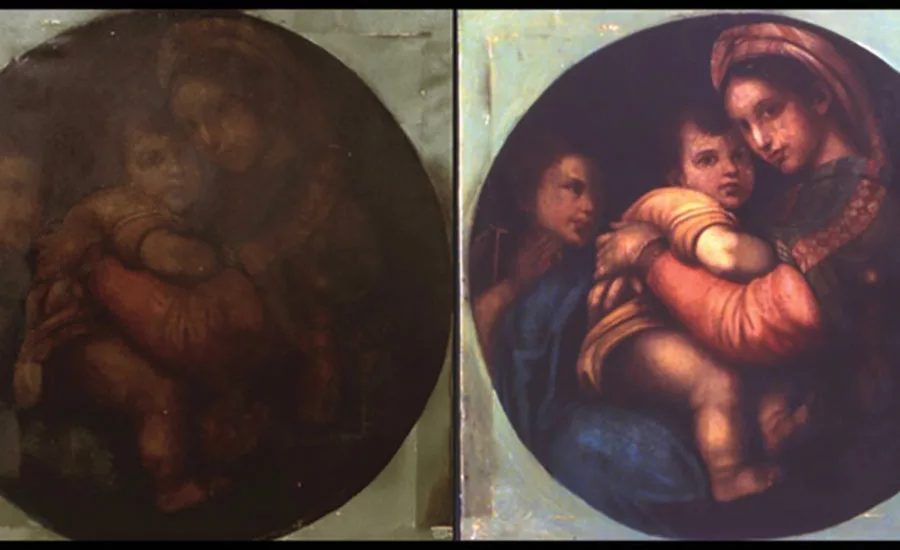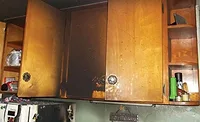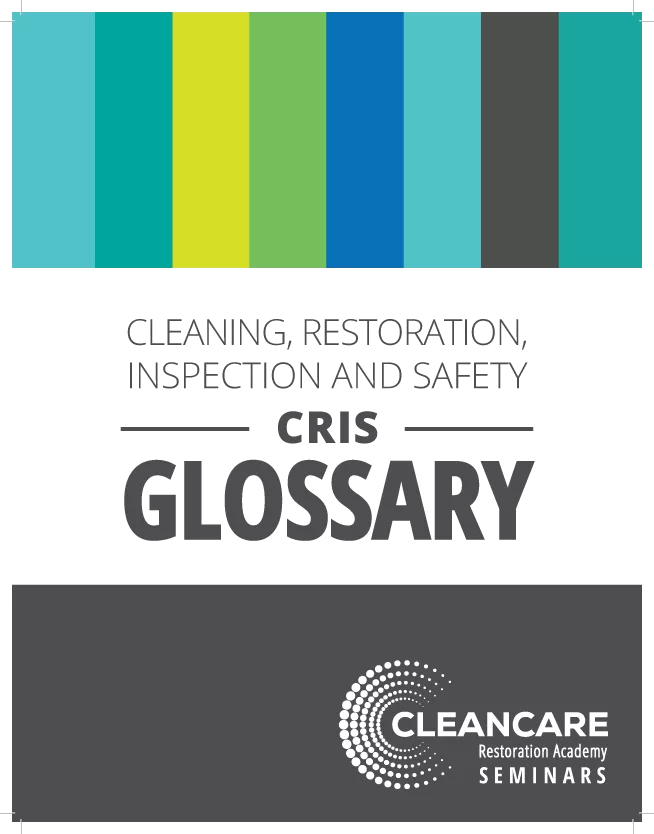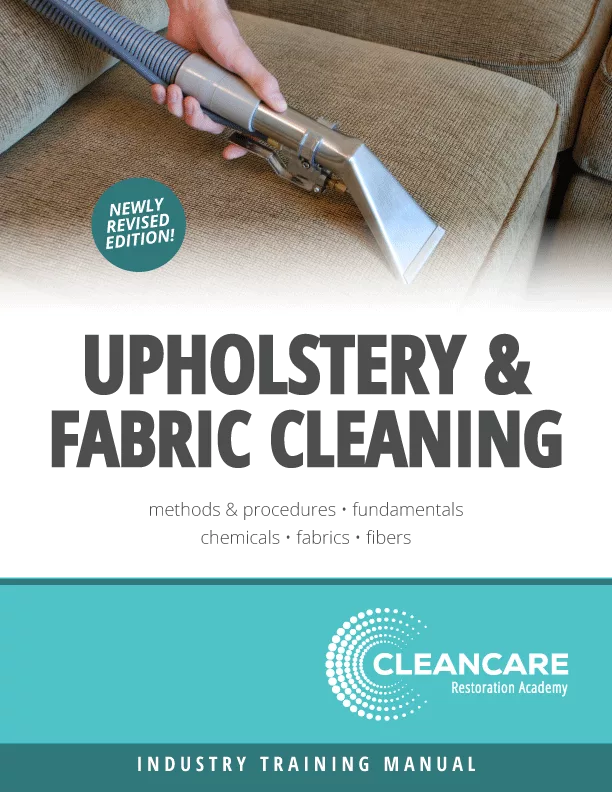Contents Corner: Cleaning and Deodorizing Artwork

The most important thing about handling artwork that has been damaged in a fire is to be sure you know about the piece. Before you begin cleaning, find out:
1. Its value
2. Its age
3. Does it have a silicone coating over it?
4. What is the sentimental value to the homeowner?
5. Is the painting oil, acrylic or water color?
My first piece of advice: If the painting in question is of high value or you are unsure of how to handle it, you can always enlist the help of a professional art gallery to clean and possibly reframe it. If you go this route, you may still need to deodorize it using hydroxyl. I do not ever use ozone on a painting as it can cause a bad reaction with the paint. To do so is very risky.
If you’re comfortable handling it yourself, be sure to take great care of the piece. Large panels or canvases should be moved by two people. Always wear clean gloves (cotton or latex), and be very careful to keep fingerprints from the painting. Carry paintings with two hands from the sides of the frame or stretcher. Do not carry the painting from the top of the frame or stretcher.
Most paintings you will encounter will not be covered in glass as this can damage an original oil painting. But some people do protect them this way which makes your job much easier.
If the painting is framed, remove it so you can clean all edges of the canvas. Once you have the painting by itself, you can dry clean it using a couple of different methods.
Is there flaking or loose paint? Use extreme caution as cleaning could remove the paint. However, if the painting has smoke or soot residue on it, you must clean to remove the residue and odor. Never use dry or moist cloths, stiff bristle brushes or a feather duster to clean a painting.
First, remove the light soot and smoke particles by spraying it with a low pressure air compressor. Use extreme caution here as you can remove paint if the painting is old or has any flaking. Then, use a HEPA vacuum to remove any remaining loose particles.
Next, use a dry chemical sponge to clean the front and back of the canvas. Long, even strokes should be applied with even pressure starting from right to left. Lift your sponge each time to start your next stroke. Never rub or agitate the dry sponge on the painting as this can cause damage. Do this on all areas including edges of the painting until your dry sponge comes up clean after each stroke. You may need to change out your sponge for a new one if it gets too soiled.
If your painting still shows residue, you can use a special art gum eraser to clean off small areas. This eraser should be applied once again with even pressure in small, even strokes from right to left. Use extreme caution when doing this. It is very easy to remove the paint from a water color or older painting.
If a painting is backed with acid free paper, this will need to be replaced. I take mine in to an art gallery to have the acid paper replaced after I have removed the damaged paper and cleaned the painting and its frame.
You also need to determine if the frame can be cleaned or if it needs to be replaced. If the frame is raw wood, it can be cleaned with a chemical dry sponge with long, even strokes from top to bottom and then sealed in some way. A painted frame can be wet-cleaned with a mild degreaser or dry cleaned with a dry chemical sponge depending on the severity of the smoke damage once it is removed from the painting. Also apply a mild mixture of 9D9 to deodorize it before setting it in hydroxyl for at least 24 hours.
After all residue has been removed from the painting and frame, you are ready to put it back together and have the acid free paper reapplied if applicable.
After your painting is cleaned, you can deodorize for 24 to 48 hours using a hydroxyl generator.
In extreme cases there are some wet cleaning methods you can use to clean smoke or soot-damaged paintings. But these should only be used by those with art restoration training and experience.
If the painting is of very high value or has a rider on the policy, I would recommend that you take it to a professional art restoration professional to handle it for you.
Looking for a reprint of this article?
From high-res PDFs to custom plaques, order your copy today!









